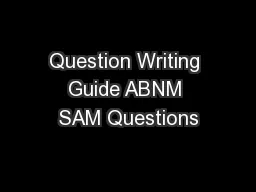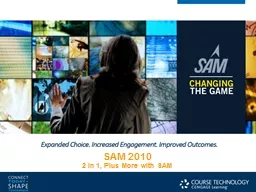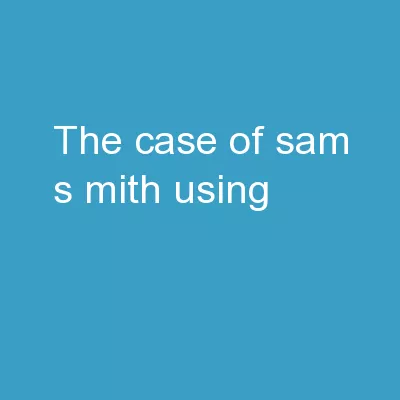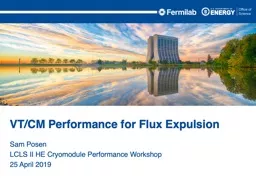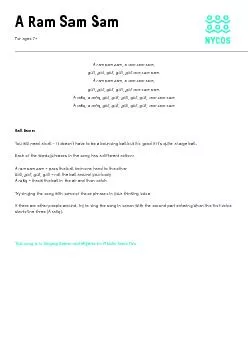PPT-Question Writing Guide ABNM SAM Questions
Author : crandone | Published Date : 2020-06-16
J Anthony Parker MD PhD Associate Executive Director ABNM Beth Israel Deaconess Medical Center Boston Massachusetts TonyParkerBIDMCHarvardedu Caveat Lector Psychometrics
Presentation Embed Code
Download Presentation
Download Presentation The PPT/PDF document "Question Writing Guide ABNM SAM Question..." is the property of its rightful owner. Permission is granted to download and print the materials on this website for personal, non-commercial use only, and to display it on your personal computer provided you do not modify the materials and that you retain all copyright notices contained in the materials. By downloading content from our website, you accept the terms of this agreement.
Question Writing Guide ABNM SAM Questions: Transcript
Download Rules Of Document
"Question Writing Guide ABNM SAM Questions"The content belongs to its owner. You may download and print it for personal use, without modification, and keep all copyright notices. By downloading, you agree to these terms.
Related Documents

